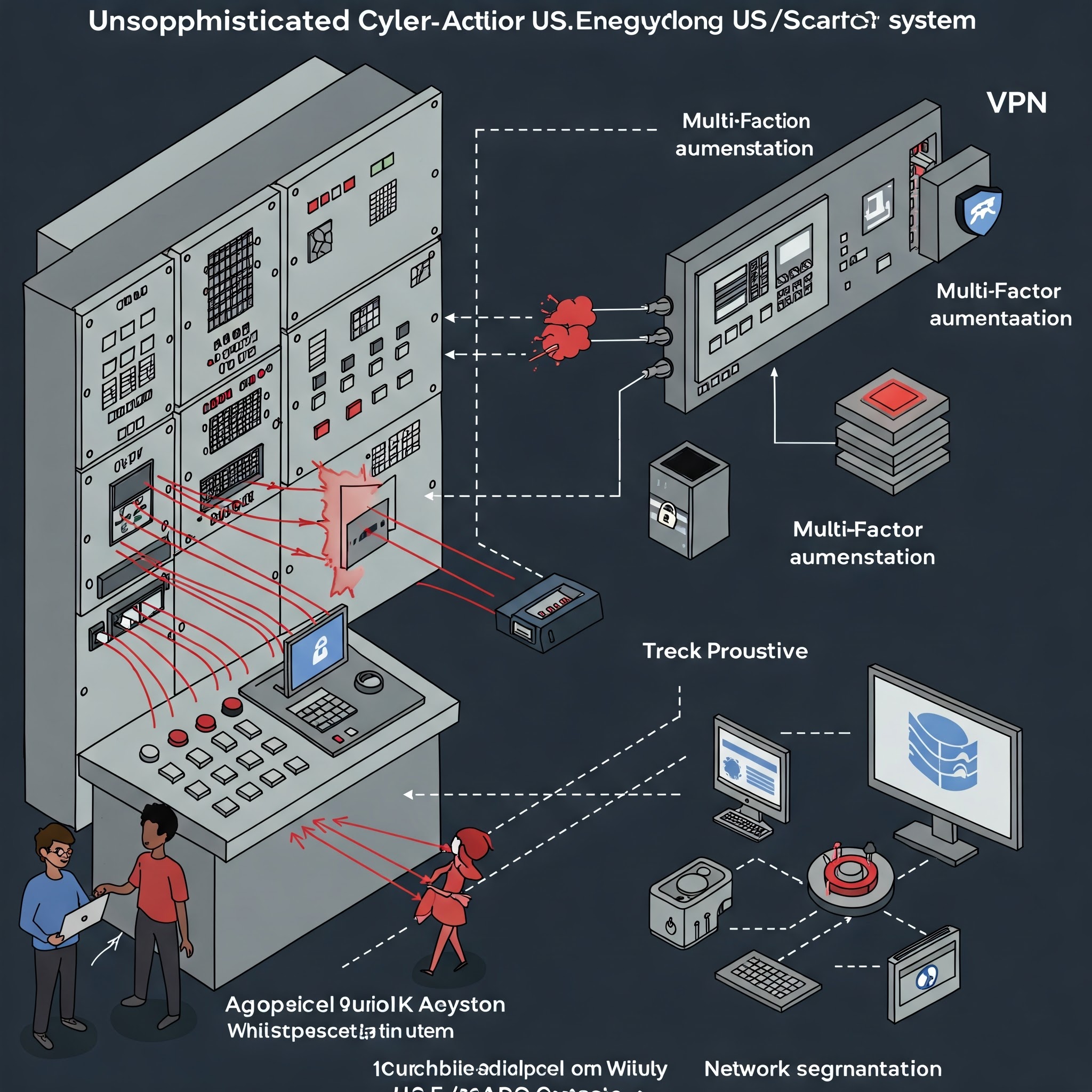ByteMe
-
What’s New in Cybersecurity This Week: Projects, Videos, Articles & Podcasts I’m Following – 9/8/25
Welcome to my weekly cybersecurity roundup! Here, I share updates on the projects I’m currently working on, along with the most insightful cybersecurity videos I watched, articles I found valuable, and podcasts I tuned into this week. Featured Analysis Featured article analysis: Hackers Weaponize Amazon Simple Email Service to Send 50,000+ Malicious Emails Per Day A
-
What’s New in Cybersecurity This Week: Projects, Videos, Articles & Podcasts I’m Following – 6/9/25
Welcome to my weekly cybersecurity roundup! Here, I share updates on the projects I’m currently working on, along with the most insightful cybersecurity videos I watched, articles I found valuable, and podcasts I tuned into this week. Featured Analysis Featured article analysis: 40,000 Security Cameras Exposed to Remote Hacking Cybersecurity firm Bitsight has unveiled a significant




